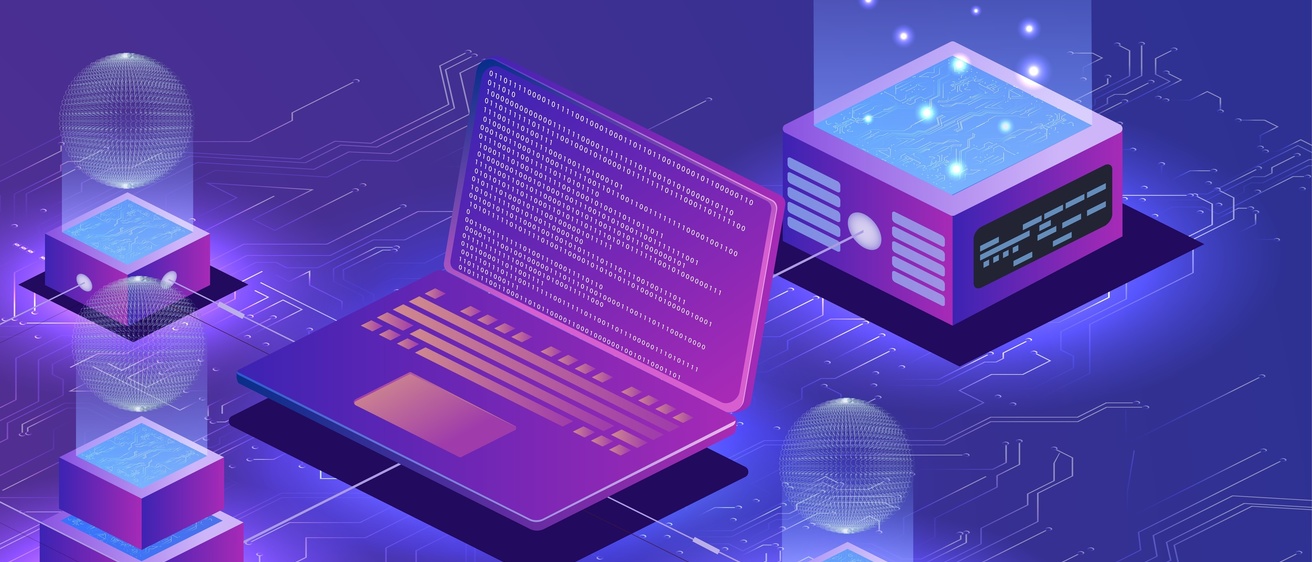University of Iowa (UI) researchers have set up a high-performance computing node named “Quantum” to simulate a quantum computer and perform medical image analysis using quantum-inspired science.

Quantum computers can tackle complex calculations – numerous possibilities at once – that are beyond the reach of traditional computer processors, such as those found in laptops and smartphones. The computing node allows for high-speed, computationally intensive algorithm development and testing.
The research team – led by Gary E. Christensen, professor of electrical and computer engineering, Joseph M. Reinhardt, Roy J. Carver Chair in Biomedical Engineering, and Fatima Toor, Lowell G. Battershell Chair in Laser Engineering – will use the core for quantum image processing research and teaching quantum computing to engineering and science students.
Quantum image processing can speed up medical image analysis by orders of magnitude relative to classical approaches, enabling rapid diagnostics that can potentially result in better patient outcomes for a range of health conditions.

The new computing node will allow the UI team to simulate quantum computers that have a larger number of qubits (a unit of quantum information) than the current state-of-the-art physical quantum computers.
The research team will be able to maximize the size of the medical image processing programs that can be implemented and provide a computing resource that will be used to teach quantum computing. The UI Department of Electrical and Computer Engineering launched a quantum computing course in Fall 2021 and is planning to make it a regular offering.
In addition, the computing node will provide a computer environment for developing and debugging quantum algorithms before paying to run them on physical quantum computers. Several quantum computing research and development teams around the globe, such as those at IBM, Google, Microsoft, and Amazon, among others, utilize quantum simulators, which can be run on classical compute cores for their quantum-computing-related research projects.

In October 2021, a federal government report by the Subcommittee on Economic and Security Implications of Quantum Science within the National Science and Technology Council highlighted the need to maintain U.S. leadership in quantum science and engineering (QSE) workforce development. Global investments in QSE are intensifying quantum workforce shortages, as countries strive to produce, attract, and retain top talent.
The Quantum computing node is seen as a step toward building a QSE infrastructure at UI. This project is funded by the Jumpstarting Tomorrow Community Feasibility Grant Program provided by UI Office of the Vice President for Research.
Technical highlights of the Quantum computing node:
- Installed in Argon, UI’s high-performance computer cluster, which is professionally maintained in a secure and environmentally controlled server room and is available 24/7.
- Based on an Intel Xeon Gold 6230 at 2.1 GHz (Turbo up to 3.9 GHz) process with 80 compute slots, 768 GB of RAM, and two A40 graphic processing units (GPU).
- Uses the NVIDIA cuQuantum software to simulate a quantum computer and perform quantum image analysis on medical images. NVIDIA cuQuantum is a software development kit (SDK) of optimized libraries and tools for accelerating quantum computing workflows. Using NVIDIA GPU Tensor Core GPUs, developers can use cuQuantum to speed up quantum circuit simulations based on state vector and tensor network methods by orders of magnitude.
